How to Buy a Laptop in Nepal?
Are you looking to buy a new laptop in Nepal but feeling overwhelmed by all the technical jargon and specifications? Don't worry, we've got you covered! In this guide, we'll break down everything you need to know about laptop specifications in simple and clear terms, so you can make an informed decision that suits your needs and budget.
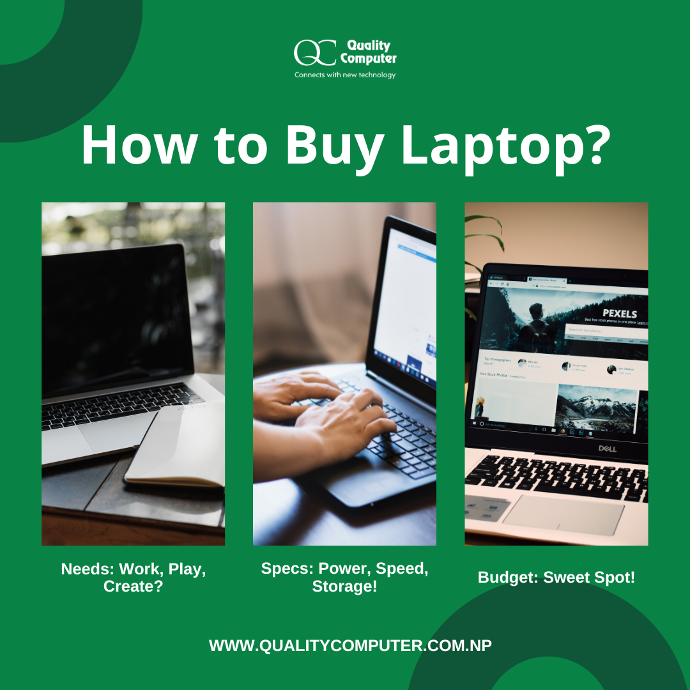
Read More Blogs: Asus Laptop Price in Nepal
Understanding Laptop Specifications:
1. Central Processing Unit (CPU):
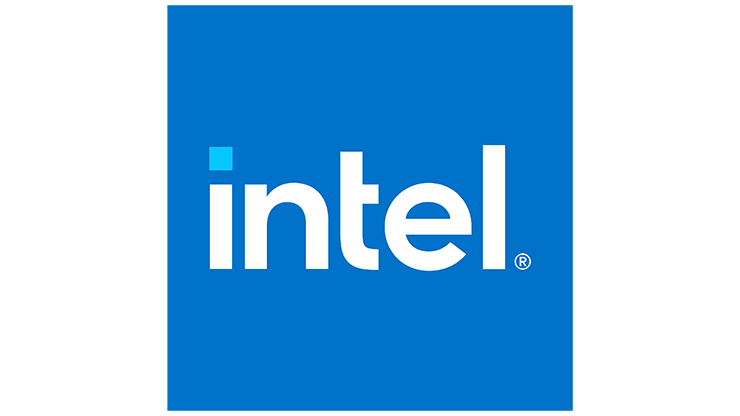
The CPU, often referred to as the "brain" of your laptop, dictates its overall performance. Popular options include Intel Core processors (i3, i5, i7, i9) and AMD Ryzen processors. Higher numbers within each brand typically indicate faster processing speeds, ideal for demanding tasks like video editing or complex software.
CPU performance can be affected by factors beyond clock speed, including cache memory size and architecture type. The clock speed is the rate at which the CPU operates, and cache memory is a small quantity of memory that the CPU can access quickly. Different tasks may require different architectures to utilize the CPU’s potential fully.
When selecting a CPU, it is essential to consider your requirements. An Intel i3 processor will suffice if you perform basic tasks like web browsing and email. For more demanding tasks like gaming or video editing, an i5 or i7 could be worth contemplating. If optimal performance is your goal, a Core i9 processor could be the most suitable choice.
2. Random Access Memory (RAM):
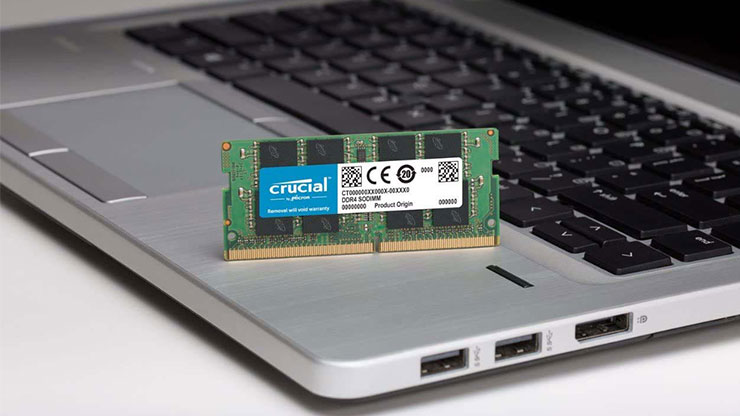
RAM acts as your laptop's temporary workspace. It holds actively used data and programs, influencing multitasking capabilities. For everyday tasks like web browsing and document editing, 8GB of RAM is generally sufficient. However, content creators and gamers might benefit from 16GB or more for smoother performance.
Read More Blogs: Dell Laptop Price in Nepal
3. Storage:
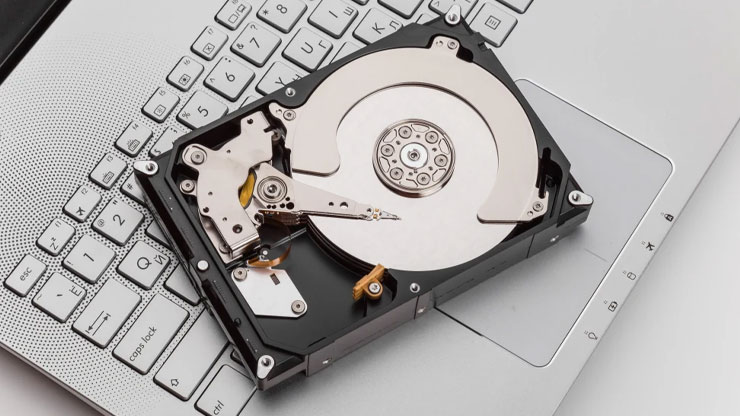
Storage capacity determines how much data your laptop can hold, encompassing documents, music, photos, and applications. Two primary storage options exist:
Hard Disk Drive (HDD): HDDs offer higher storage capacities at lower costs. However, they are slower and more susceptible to damage due to moving parts.
Solid State Drive (SSD): SSDs, despite offering less storage space, boast significantly faster read/write speeds, resulting in quicker boot times and program launches.
4. Display:
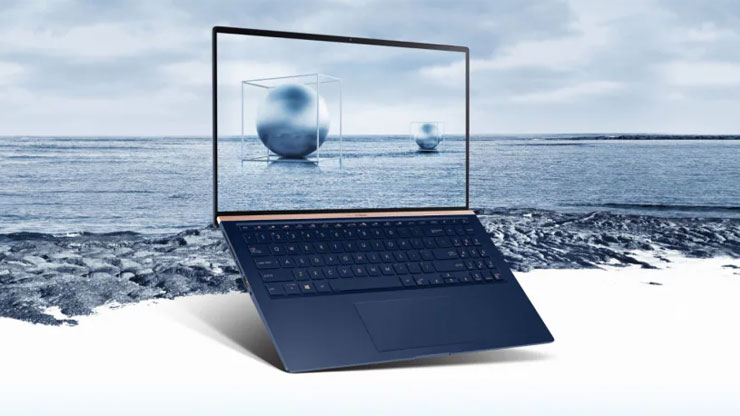
The display is your visual interface with the digital world. Consider these factors:
- Screen Size: Choose a size that suits your needs. Laptops typically range from 11 inches (highly portable) to 17 inches (ideal for multitasking).
- Resolution: Resolution refers to the number of pixels displayed, impacting image sharpness. Full HD (1920 x 1080) is a good baseline, while higher resolutions (e.g., 4K) offer stunning visuals but might drain battery life faster.
- Panel Type: Common panel types include TN (affordable but with limited viewing angles) and IPS (superior color accuracy and wider viewing angles).
5. Graphics Card (GPU):
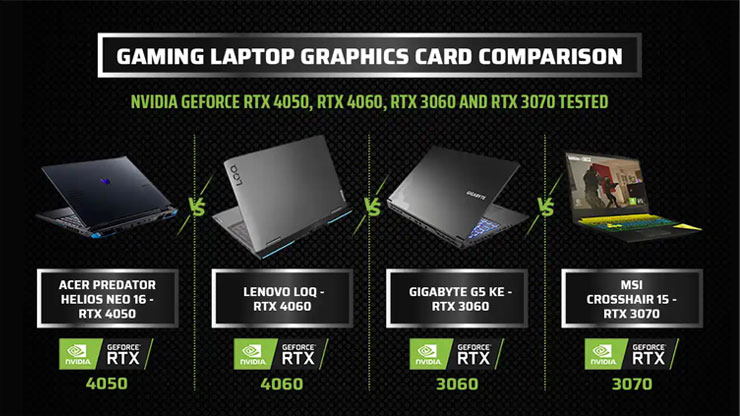
The GPU handles graphics-intensive tasks like video editing and gaming. Integrated graphics cards are sufficient for basic tasks. However, demanding users might require a dedicated GPU for optimal performance.
Integrated vs. Dedicated Graphics:
- Integrated graphics: Built-in solution for basic tasks like web browsing and document editing. More affordable but less powerful. Ideal for everyday use laptops.
- Dedicated graphics: Separate component installed for demanding tasks like gaming and video editing. Offers superior performance but at a higher cost. Essential for graphic-intensive applications.
Additional Considerations:
- Battery Life: Crucial for on-the-go users, battery life is measured in hours and varies depending on usage.
- Operating System (OS): Choose between Windows or Mac based on your personal preference and software compatibility needs.
- Ports & Connectivity: Ensure your laptop has the necessary ports (USB, HDMI, etc.) to connect external devices.
- Keyboard & Touchpad: Evaluate keyboard layout, comfort, and touchpad responsiveness for a pleasant user experience.
Read More Blogs: Acer Laptop Price in Nepal
How to Buy a Laptop in Nepal
- Assess Your Needs: Determine your primary use case for the laptop, whether it's for work, entertainment, gaming, or a combination of these.
- Set a Budget: Determine how much you're willing to spend on your new laptop and prioritize features based on your budget.
- Research Brands and Models: Look for reputable laptop brands and models that offer the specifications you need within your budget range.
- Compare Prices: Check prices from various retailers in Nepal to ensure you're getting the best deal.
- Read Reviews: Look for reviews and user feedback to gauge the performance and reliability of the laptops you're considering.
- Purchase from a Trusted Retailer: Buy your laptop from a trusted retailer in Nepal to ensure warranty coverage and after-sales support.\
By understanding these core specifications, you can navigate your best laptop in Nepal with confidence. Remember, the perfect laptop is the one that aligns perfectly with your needs and budget. Happy shopping!
